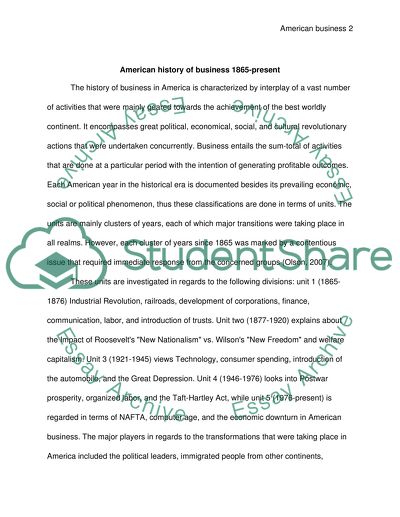Cite this document
(“American history of business 1865-present Research Paper”, n.d.)
Retrieved from https://studentshare.org/family-consumer-science/1420238-american-history-of-business
Retrieved from https://studentshare.org/family-consumer-science/1420238-american-history-of-business
(American History of Business 1865-Present Research Paper)
https://studentshare.org/family-consumer-science/1420238-american-history-of-business.
https://studentshare.org/family-consumer-science/1420238-american-history-of-business.
“American History of Business 1865-Present Research Paper”, n.d. https://studentshare.org/family-consumer-science/1420238-american-history-of-business.


